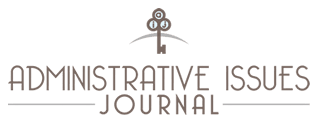
Abstract
In the past 20 years, institutions of higher education have made major investments in Learning Management Systems (LMSs). As institutions have integrated the LMS into campus culture, the potential of migrating to not only an upgraded version of the LMS, but also an entirely different LMS, has become a reality. This qualitative research study examines the perspectives of five stakeholders involved with the migration of an LMS at a major research institution in the southeastern United States. Using Lewin’s (1947) Change Management Model and Enterprise Resource Planning (ERP) Model as analogies, this research seeks to understand the role and responsibilities of the various stakeholders, their decision-making, and the implications of the decisions on the migration process. Using Glaser and Strauss’s (1967) constant comparative method and Charmaz’s (2006) work related to grounded theory, four major categories emerged from our data: time as a catalyst for change, power of communication, compatibility of technologies, and faith in the system. The categories contribute to a preliminary model that may assist other institutions as they consider whether to migrate LMSs.
Recommended Citation
Such, Brenda L. R.; Ritzhaupt, Albert D.; and Thompson, George S.
(2017)
"Migrating learning management systems: A case of a large public university,"
Administrative Issues Journal: Vol. 7:
Iss.
2, Article 6.
Available at:
https://dc.swosu.edu/aij/vol7/iss2/6
Included in
Health and Medical Administration Commons, Higher Education Administration Commons, Public Administration Commons
Please consider contributing an article to Administrative Issues Journal, our submission policy: http://www.swosu.edu/academics/aij/guidelines.aspx
